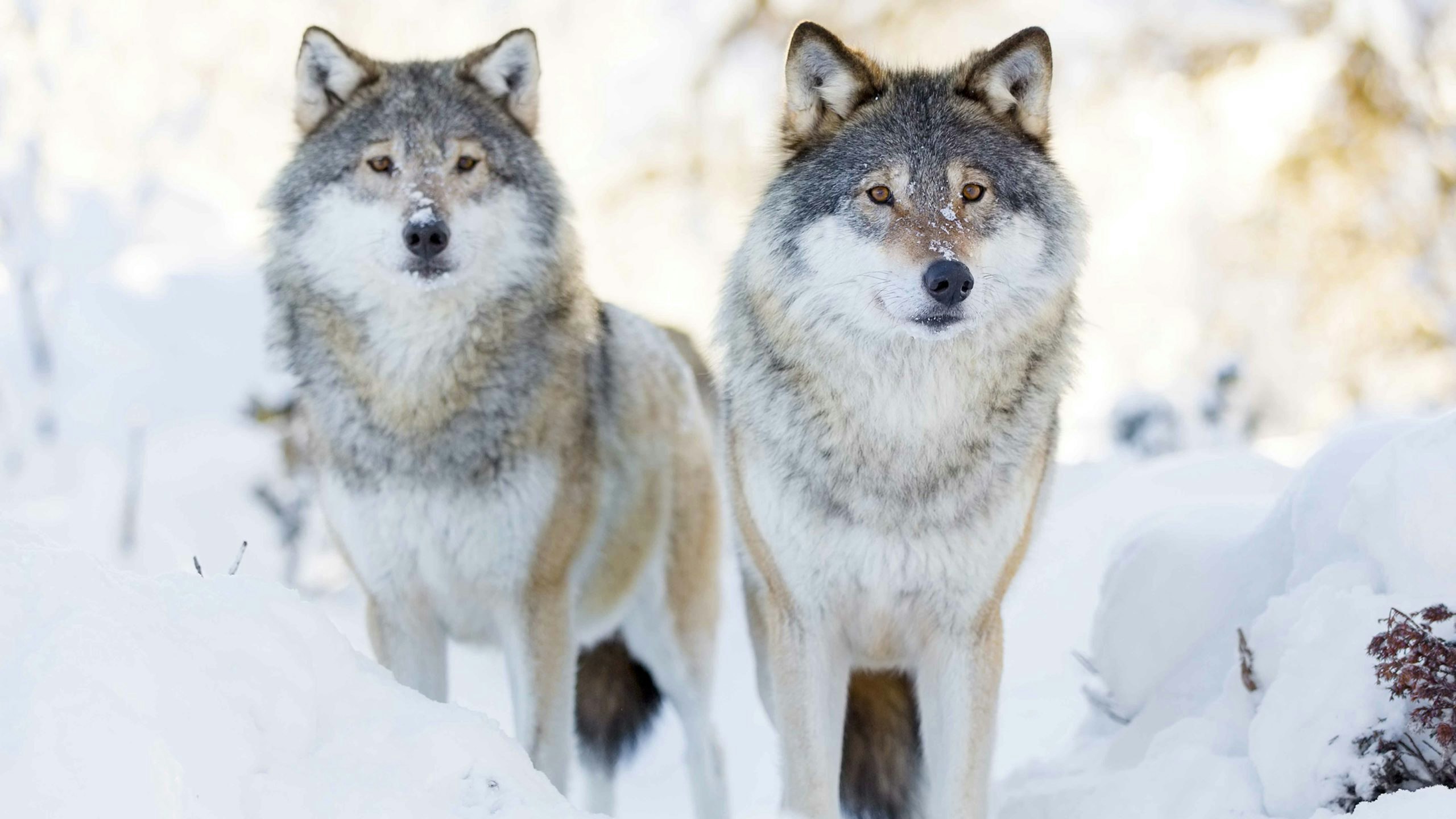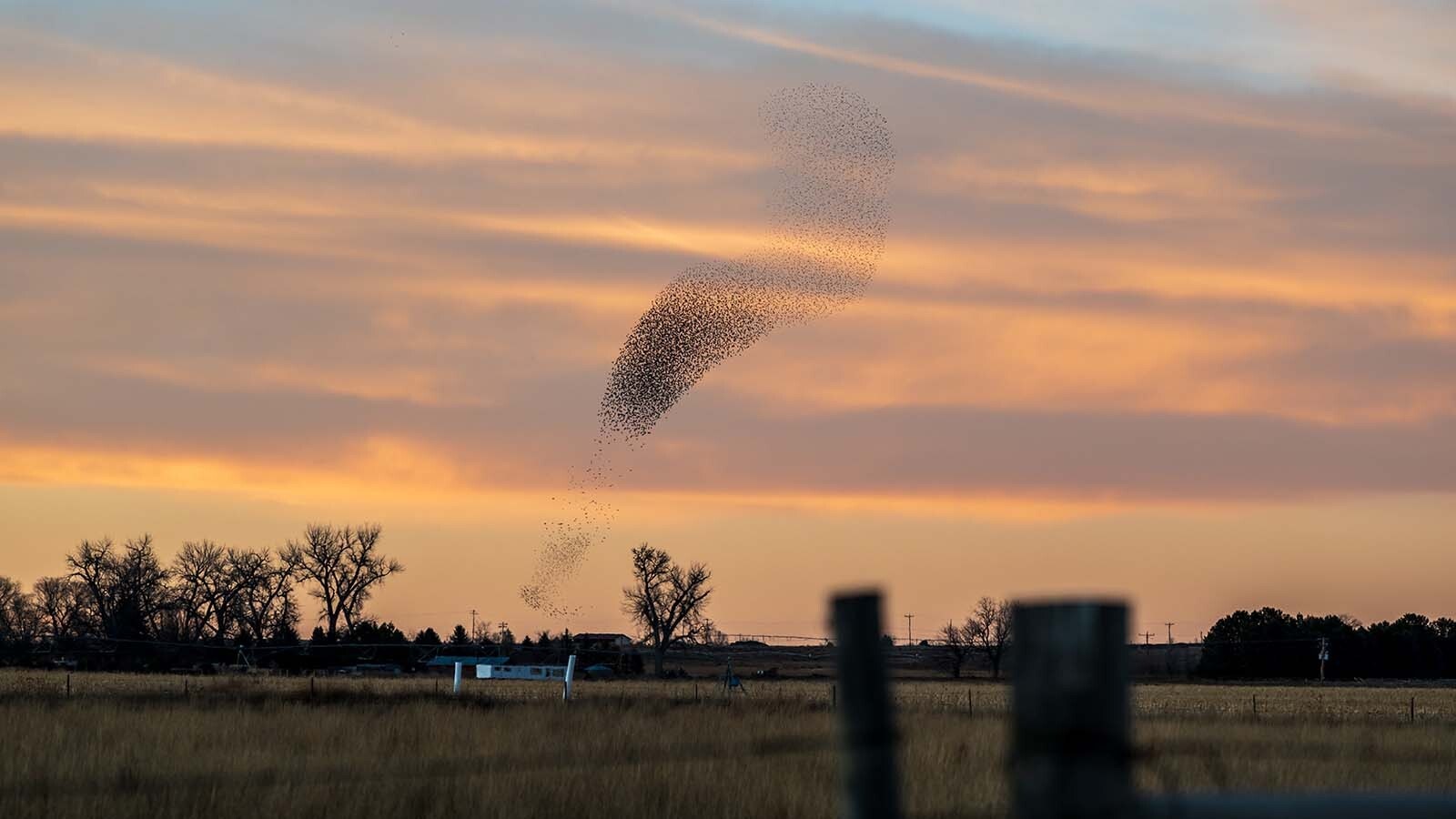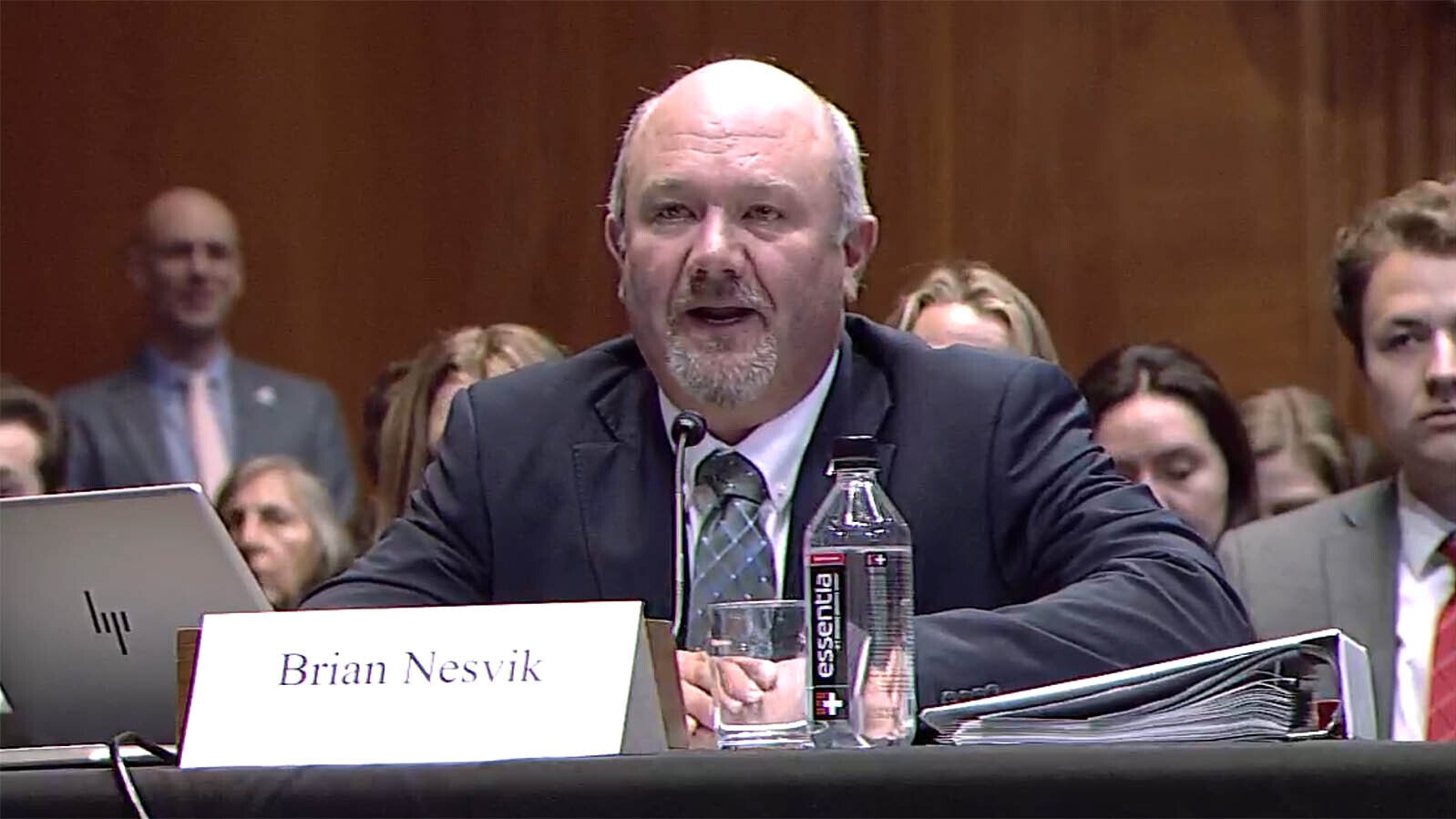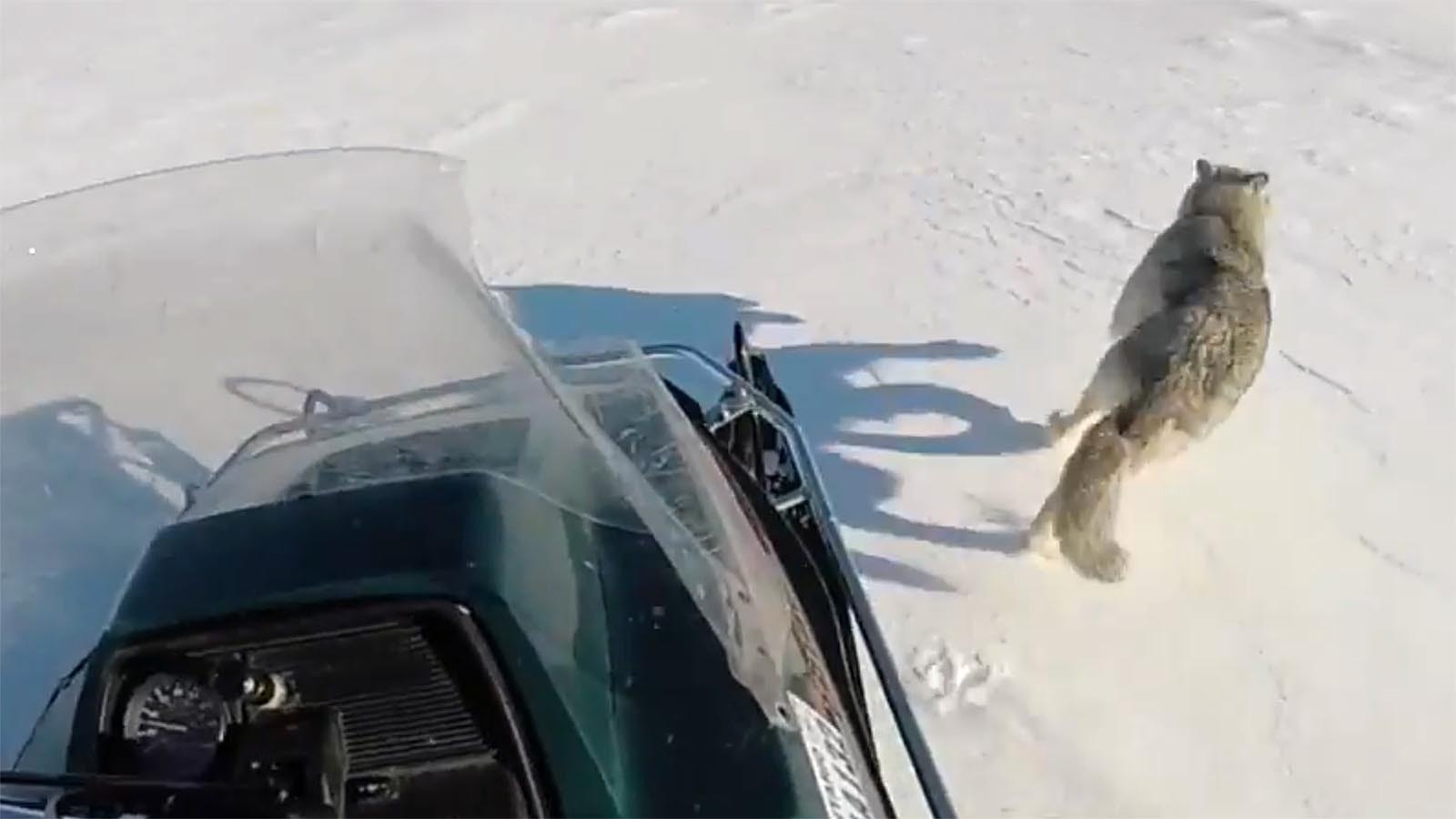To many in northern and western Wyoming, wolves are now a part of everyday life. Ranchers, wildlife enthusiasts, backcountry hikers and Sunday drivers are conscious of the presence of wolves – even if they can’t be seen.
In November, two wolves in Yellowstone National Park were hit by a vehicle.
The pair of black wolf pups from the Junction Butte Pack, one of the most visible packs in the Park, were struck on the road between the park’s northeast entrance and Tower Junction.
According to park officials, the pups had become habituated to humans due to a number of hikers who violated the required 100-yard barrier between people and wolves. Because they had grown accustomed to humans, the pups had several close encounters with visitors – which eventually led to their deaths, as they started spending more time near the highway. Officials said they attempted to haze the wolves away from human hangouts, but were unsuccessful.
Ken Mills is a large carnivore biologist for the Wyoming Game and Fish Department who focuses on the state’s wolf population. He said officials don’t often have to use hazing, because the animals tend to shy away from humans.
“We have tools such as cracker shells shot out of a shotgun or a specific cracker shell gun that explode and make noise, and we use those to haze different species,” he explained. “We do have available what we call ‘turbo fladry,’ which is an electrified single strand wire fence with red flags hanging off it, and those can be effective to keep wolves out of specific areas, say, a calving pasture. We’ve used flashing lights before.
“Any sort of negative interaction with a person would scare a wolf away,” he added.
Yellowstone National Park biologists report that there were at least 80 wolves in nine packs living primarily in the park at the end of December, 2018.
According to the Wyoming Game and Fish Department, that number is included in the total estimate of 286 wolves that reside within the state’s borders – which is down significantly from the 2017 count of 347, and is the fewest recorded since the department took over management of the species in 2012.
A total of 177 wolf mortalities were documented statewide in 2018, according to the Game and Fish Department. Mills said the decline in the population is due to a combination of factors.
“It’s partly hunting and there was some disease operating in the population, because it had been at high density for a number of years,” he said. “So that initial decrease in 2018 was from a combination of disease, from hunting, and from other human-caused mortality.”
In 2018, the Game and Fish Department implemented a wolf hunting season, with an objective of reducing the population to around 160 wolves in the Wolf Trophy Game Management Area.
According to the 2018 annual report from the department, 90 percent of wolf deaths that year were human-caused, either through hunting, conflict control or predator control measures. The other 10 percent died of natural causes or the cause of death was unknown.
Despite the high mortality rate last year, Game and Fish reported that the wolf population is still significantly higher than the target number set by the U.S. Fish and Wildlife Service.
“(The 2018 count) was near our population objective, which is quite a bit higher than the minimum recovery criteria, what we’re required to maintain following de-listing,” Mills pointed out.
While hunting allows the Game and Fish Department to control the population, the novelty of wolves being present and visible in northwest Wyoming can itself pose a danger to the animals, as demonstrated in the deaths of the wolf pups this winter.
“Visitors must protect wolves from becoming habituated to people and roads,” said Doug Smith, Yellowstone’s senior wolf biologist. “Stay at least 100 yards from wolves, never enter a closed area, and notify a park ranger of others who are in violation of these rules.”





